More and more people are getting interested with learning Japanese due to the country’s steadily increasing exposure to other countries, especially in the fields of entertainment, tourism, technology and business.
There are numerous ways for one to jump right into studying, and with the number of available options through the Internet, it’s not impossible to learn the language without enrolling in a Japanese language school.
For one to be well-versed in Japanese, he must at least have knowledge in basic vocabulary and expressions, proper grammar usage (formal and informal), writing systems (katakana, hiragana, and a few hundred kanji characters), plus the ability to use these in speaking and writing. A new language learning platform, Lexikeet, prides itself with three things: user friendliness, interactivity and freedom.
Lexikeet currently has three languages available for learning: Mandarin, Spanish and Japanese. We’ve decided to try out the features available for Japanese, since we have a share of knowledge about it.
One of the unique things about the site is that it has a language survey that first assesses the user’s knowledge on the language and asks relevant questions about his studying preferences (study duration per day, interest points, and areas for improvement). It also asks for your goals for studying Japanese and how much words you want to learn in a day. The text is large enough for you not to squint your eyes, and it doesn’t have much text bulk so the initial assessment can be done in about ten minutes or less.
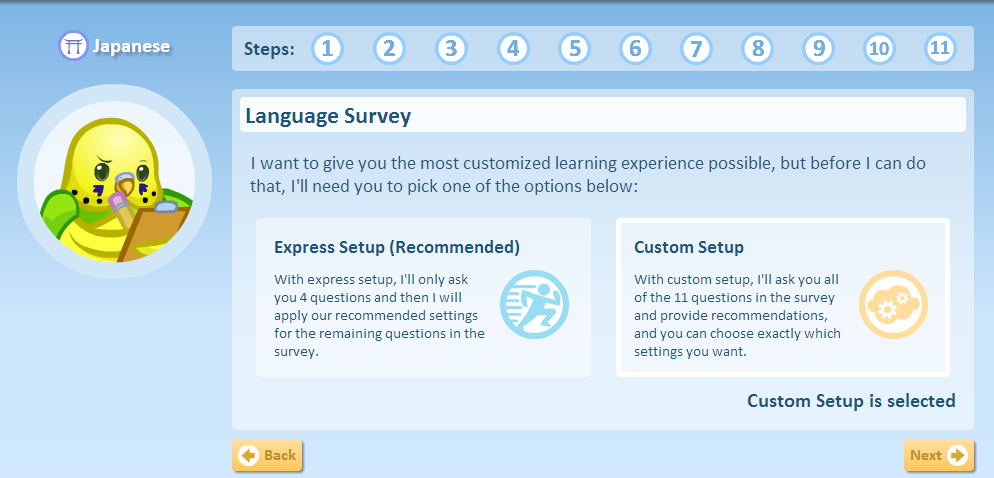
After finishing the assessment, the system then gives you a series of reading, writing, listening, and speaking drills to complete within the study duration you have selected.
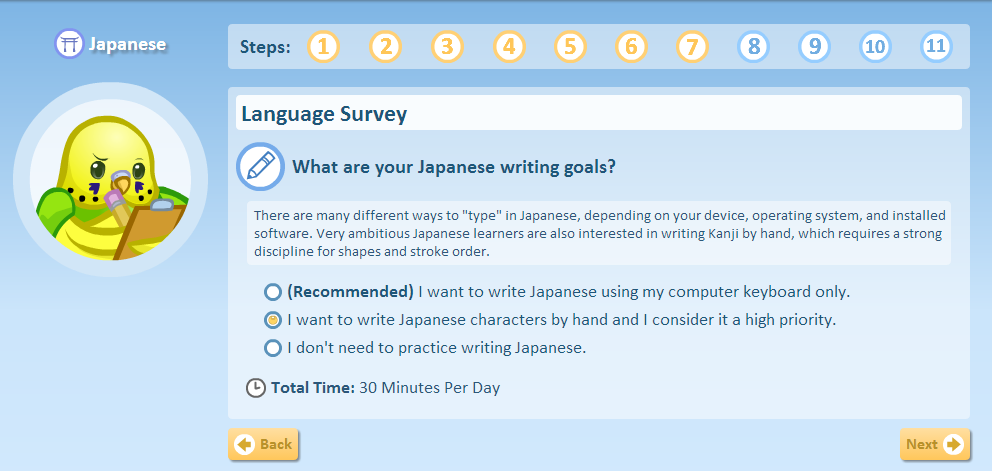
Reading
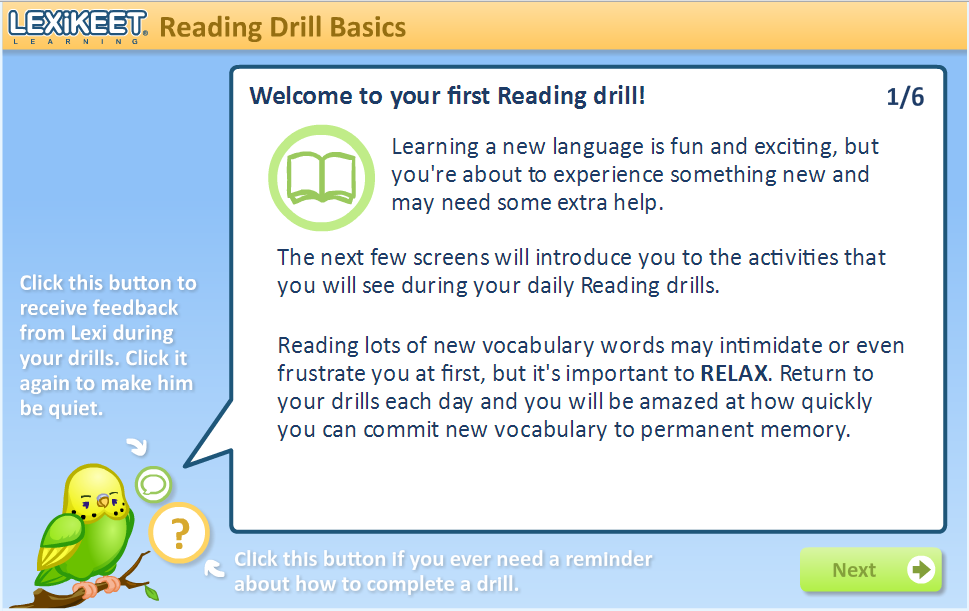
For each day, Lexikeet will add a number of vocabulary words to learn. Some of the questions involve typing words as how they appear per round, and choosing the right meaning for each vocabulary word.
This is pretty neat, especially for beginners who want to start learning the most basic characters and words. It may seem hard at first, but repetition works well on most learners. After a couple of days, you’ll get used with the system and work your way faster than your first try.
Writing
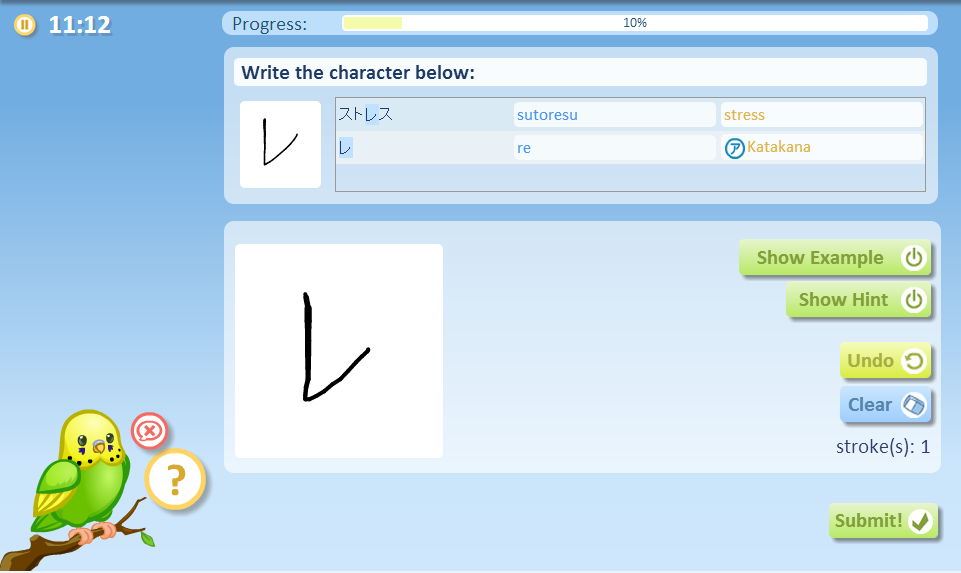
This part takes a bit of effort, especially if you don’t have a pen and tablet to write on. Alternatively, you can use the mouse to write words in Japanese, or type them using the Japanese keyboard. You can do any of the two methods, then write the words again using a real pen and paper, so you don’t miss out much on writing practice. In addition, their drills are very hands-on, since the system guides you if you make a mistake, especially on stroke order on Japanese characters.
Listening
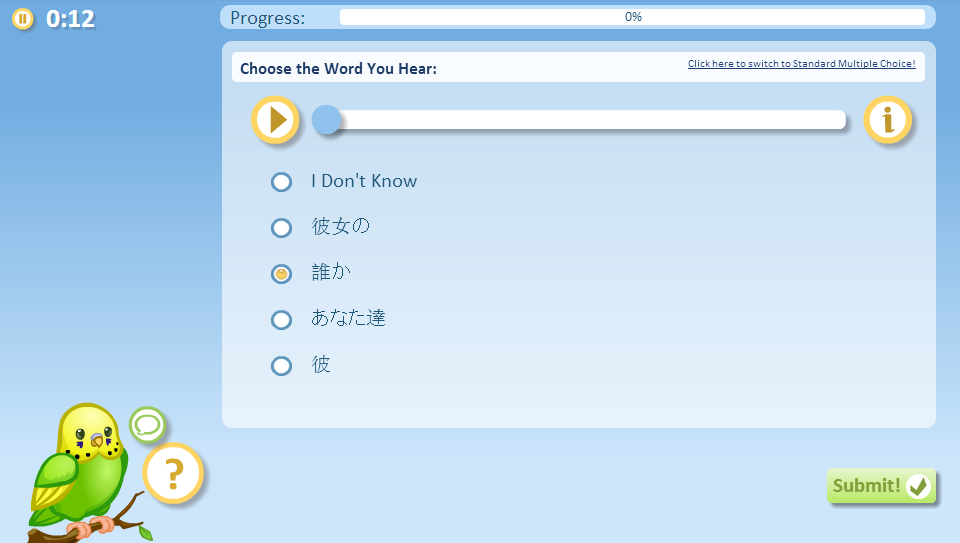
Listening practice is fairly easy compared to the others. You’ll be listening to an audio recording of each vocabulary word, then you need to choose the word among the choices that best fits it. Apart from this, the drill will ask you to type words as you hear them. You can replay the recording as many times as you want if you need to hear it again. Listening to how the words are said also plays a good part in the speaking exercises later on.
Speaking
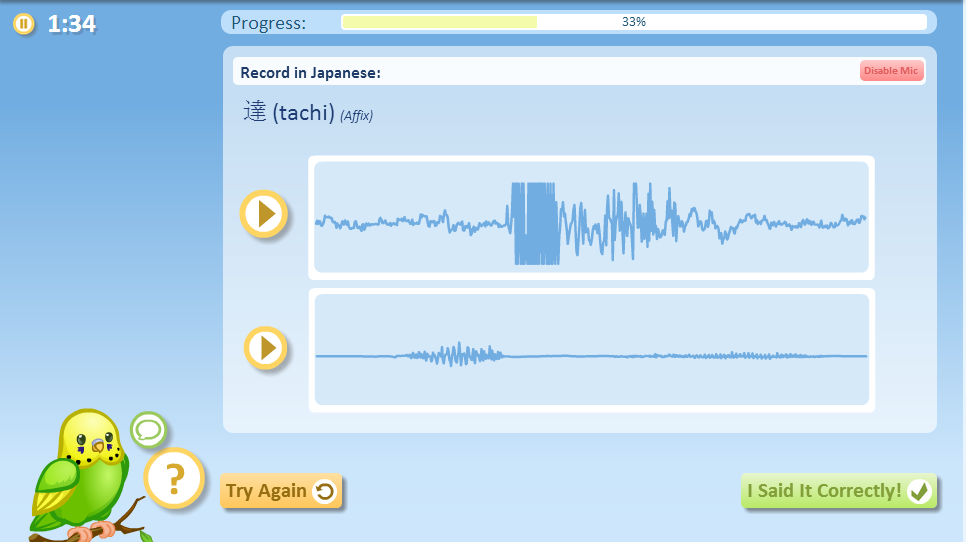
I’m quite on the fence on the way the speaking tests are done, since Lexikeet’s system only lets you hear your own recording, and you have to use your personal judgment on whether you said the words correctly or not. For this section, you need to read each vocabulary word aloud using a microphone (you can opt not to use it too, in case you don’t have one). After doing so, you click on the button, and a recording of the proper pronunciation of the word will be played. It’s up to you whether you think you have said each word correctly or otherwise. Knowing the limitations of the website, it’s really understandable, but if you want to work on your speaking skills, it won’t be good to solely rely on this drill.
Games and Tutorials
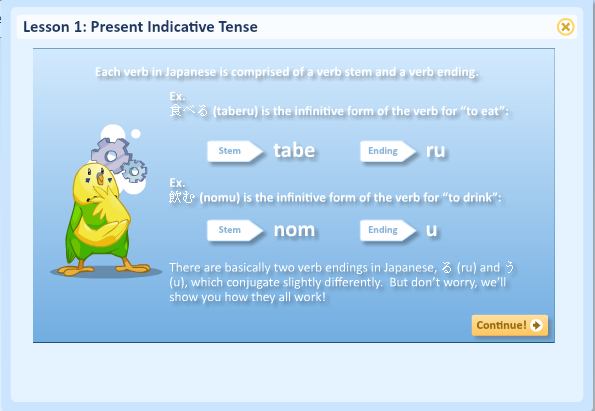
Apart from the basic Japanese exercises, there are supplementary activities and lessons you can take daily so you can learn additional grammar rules and expressions along the way. You can take these exercises after finishing the first four activities, should you have extra time left, and you’re not required to take them. Learning new daily expressions are very easy to grasp; however, the grammar lessons might be difficult for beginners, especially verb conjugation and tenses, until after a few tries. Again, these are only supplementary activities, so it’s recommended to get a book on elementary Japanese vocabulary for better explanation and examples.
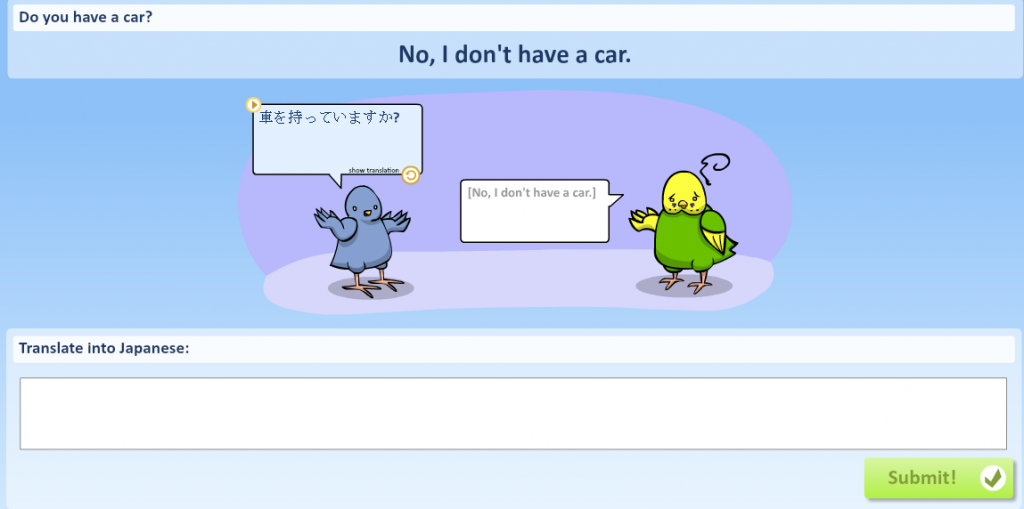
Overall
There are other Japanese learning sites available at the moment, but so far, Lexikeet offers one of the most interactive features so far. It asks questions relative to your learning needs, and plans out lessons and drills depending on which skills you want to prioritize. In addition to this, there’s no need to install anything apart from the basic plugins, and the pages load quickly, making daily studying more productive and less of a chore to do. Although we haven’t gone far into the lessons yet, but we believe this is recommendable to people who want to pass N5 or N4 for JLPT. Lexikeet is great for beginners, since it gives out most of the basic words, expressions and kanji units, which later on help someone set a daily schedule and stick with it as days go. The site offers a free trial for those interested, feel free to sign up now here!
Overall

